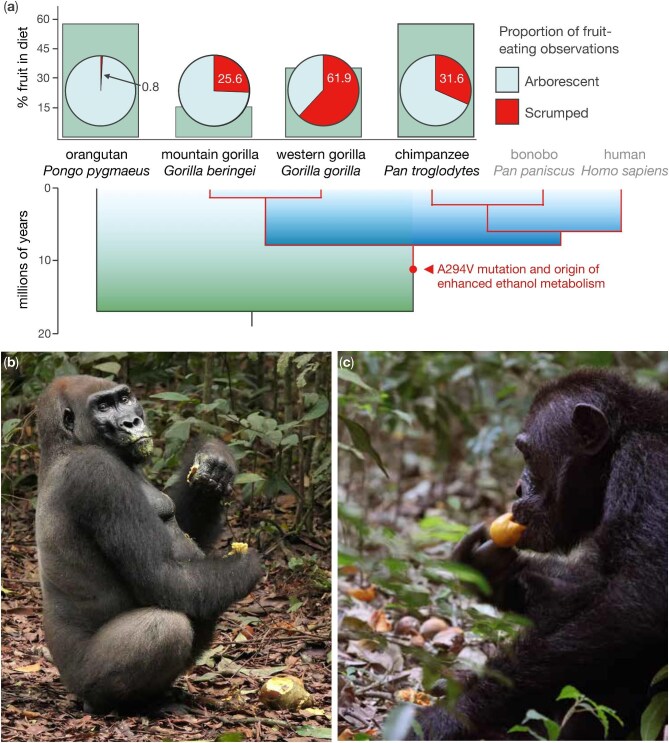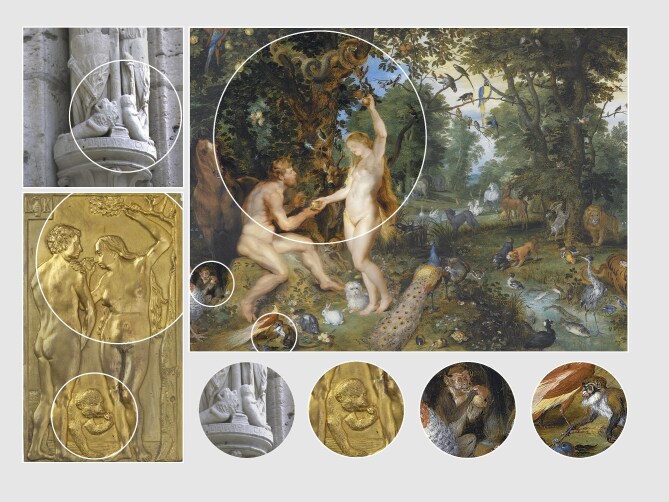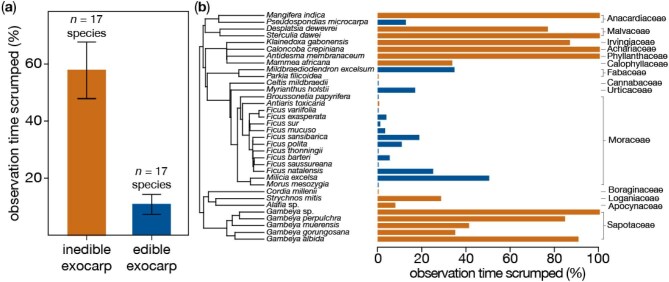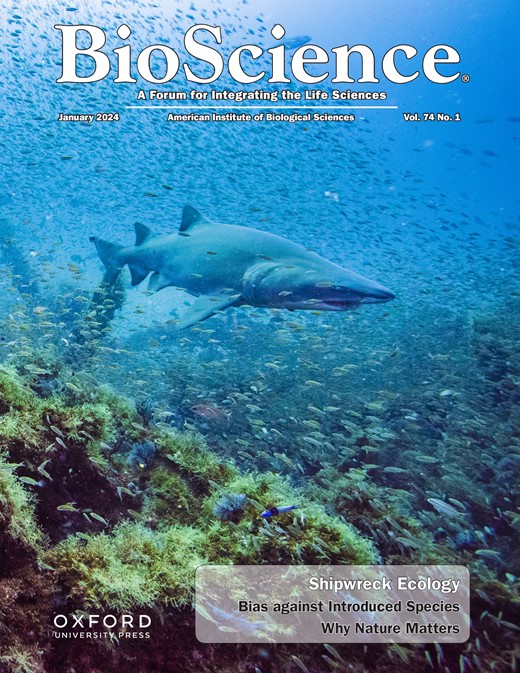发酵水果:聚食、分享与盛宴的起源。
IF 7.6
1区 生物学
Q1 BIOLOGY
引用次数: 0
摘要
越来越多的证据表明,发酵水果在热带食果动物,尤其是非洲猿类的饮食中具有重要意义。但是,在过去的60年里,猿类生态学的这个基本方面是如何逃过科学的关注的呢?在这里,我们从中世纪汲取灵感,以填补科学话语中的一个重要空白。本文章由计算机程序翻译,如有差异,请以英文原文为准。



Fermented fruits: scrumping, sharing, and the origin of feasting.
Mounting evidence points to the importance of fermented fruits in the diets of tropical frugivores, especially African apes. But how has this fundamental aspect of ape ecology escaped scientific attention over the past six decades? Here we draw inspiration from the Middle Ages to fill an essential void in scientific discourse.
求助全文
通过发布文献求助,成功后即可免费获取论文全文。
去求助
来源期刊

BioScience
生物-生物学
CiteScore
14.10
自引率
2.00%
发文量
109
审稿时长
3 months
期刊介绍:
BioScience is a monthly journal that has been in publication since 1964. It provides readers with authoritative and current overviews of biological research. The journal is peer-reviewed and heavily cited, making it a reliable source for researchers, educators, and students. In addition to research articles, BioScience also covers topics such as biology education, public policy, history, and the fundamental principles of the biological sciences. This makes the content accessible to a wide range of readers. The journal includes professionally written feature articles that explore the latest advancements in biology. It also features discussions on professional issues, book reviews, news about the American Institute of Biological Sciences (AIBS), and columns on policy (Washington Watch) and education (Eye on Education).
 求助内容:
求助内容: 应助结果提醒方式:
应助结果提醒方式:


